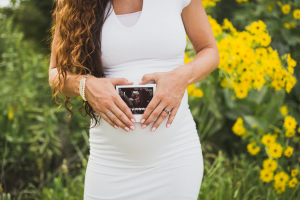#ThursdayThoughts
As promised, each Thursday, we will now offer you a piece of educational, science, or research related information. The purpose of our #ThursdayThoughts post is to share with you fact-based content that can enlighten and assist you on your fertility journey. Enjoy our post! Helping to Create New Beginnings….
Ovulation Induction Explained
After completing their initial fertility evaluation, many patients would first be advised to do monitored ovulation induction cycles before pursuing more interventional fertility treatments. Monitored ovulation induction cycles may improve chances of pregnancy by optimizing the patient’s hormone levels and the timing of ovulation with intercourse or intrauterine insemination (IUI). The success rate of treatment depends on the patient’s fertility diagnosis and age. Oral or/and injectable medications are used to stimulate the ovaries to produce eggs (or follicles), the growth of which is monitored with an ultrasound and sometimes blood work. Ultrasounds allow us to measure the growing follicles and the thickness of uterine lining to determine the best time to induce ovulation with an hCG trigger shot. Blood work allows us to monitor the changing hormone levels and also helps us to optimize your treatment cycle. An hCG trigger shot is administered when the follicles reach a certain size (typically 17-18 mm), after which intercourse or an IUI is advised within 24-40 hours. The recommended number of ovulation induction cycles ranges between 3-4 but may be affected by patient’s diagnosis, health insurance coverage, and individual preferences.
To inquire about fertility evaluation and treatment options, please contact Fertility Institute of Hawaii at 808-545-2800 or visit our website at https://www.ivfcenterhawaii.com. We would be honored to be part of your fertility journey!
